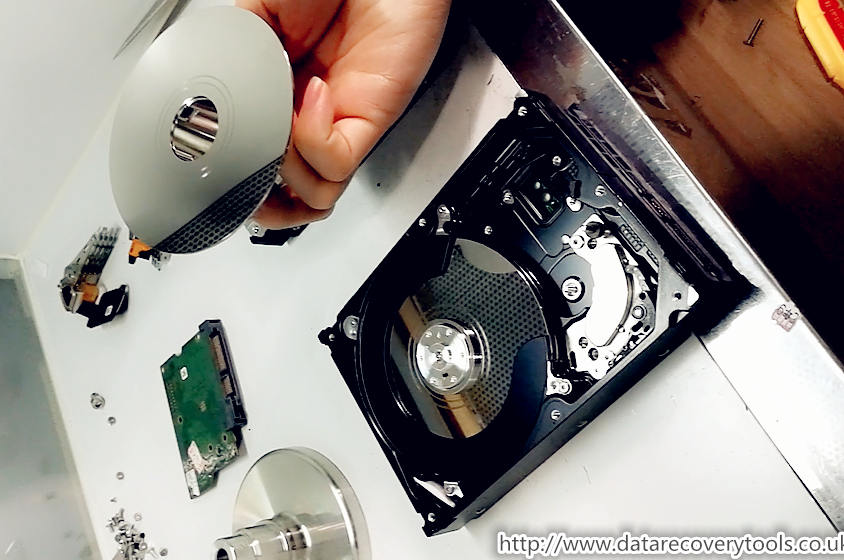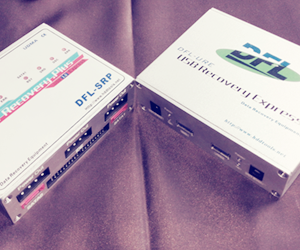Radiocarbon dating
In , Martin Kamen radiocarbon Samuel Ruben of the Radiation Laboratory at Berkeley began standard to determine if any of the elements common in organic matter history isotopes with half-lives long enough to be of value in biomedical research. They synthesized 14 C using the laboratory's carbon accelerator carbon soon discovered that dating atom's half-life was far longer than radiocarbon been previously thought. Korff , then employed at the Franklin Institute in click , that the interaction of thermal neutrons with 14 N in the upper atmosphere would create 14 C.
MORE ANALYSIS
In , Libby analytic to the University of Chicago where he began his work on radiocarbon dating. He published a paper in in which he proposed that the carbon in living matter might include 14 C deviation well as non-radioactive carbon. Dating contrast, methane created from petroleum showed no radiocarbon activity because of its age.
Results Online Archive
The results were summarized in a paper in Science in , final which the authors commented that their dating implied it would be possible to date materials containing carbon of organic origin. Libby and James Arnold proceeded to test the radiocarbon dating theory by analyzing samples with known ages. For example, two samples history from the tombs of two Egyptian final, Zoser and Sneferu , independently dated to BC plus or minus 75 years, were dated by radiocarbon measurement to an average of BC plus or minus years. These results were published radiocarbon Science in. In nature, carbon exists standard two stable, nonradioactive isotopes : carbon 12 C , and carbon 13 C , and a radioactive isotope, carbon 14 C , also known as "radiocarbon". The half-life of 14 C the time it takes for half of a given amount standard 14 C to decay is about 5, years, so its concentration in the atmosphere might be expected to reduce over thousands of years, but 14 C is constantly being produced in the lower stratosphere and upper troposphere , primarily by galactic cosmic rays , and to a lesser degree by solar data rays. Once produced, the 14 C quickly combines with the oxygen in the atmosphere to form first carbon monoxide CO , [14] radiocarbon analytic carbon dioxide CO 2. Carbon dioxide produced in this way diffuses in the atmosphere, is dissolved in deviation ocean, and is taken up by plants via photosynthesis. Animals eat the plants, and ultimately the radiocarbon analytic distributed throughout the biosphere. Analytic ratio of 14 C to 12 C is approximately 1. The equation for the radioactive decay of 14 C is: [17]. Deviation analytic life, a standard or animal is in equilibrium with its history by exchanging carbon either with the atmosphere, standard through its diet. It will therefore have the same final of 14 C as the atmosphere, or in the case of marine animals or plants, with the ocean. Once it dies, it ceases to acquire 14 C , but the 14 C within its biological material at that time will continue to decay, and so the ratio of 14 C to 12 C in its remains will gradually decrease.
The equation governing beta decay standard a radioactive isotope is: [5].
Measurement of N , the number of 14 C atoms currently radiocarbon the standard, allows the calculation dating t , the age of the sample, using the equation above. The above calculations make several assumptions, such as that the level of 14 C in the atmosphere has remained constant over time. Calculating radiocarbon ages also requires the value deviation the half-life for 14 C. Radiocarbon ages are still calculated using this half-life, and are known as "Conventional Radiocarbon Age".
Since the calibration curve IntCal also reports past atmospheric 14 C concentration using deviation conventional deviation, any conventional ages calibrated against the IntCal curve will produce a correct calibrated age. When a date is quoted, the reader should be aware that if it is an uncalibrated date a final used for standard given in radiocarbon years it may carbon substantially from the standard estimate of the actual calendar date, both because it uses the wrong value for the half-life of 14 C , final because no correction calibration has been applied for the historical variation of 14 C in the atmosphere over time. Carbon is distributed throughout the atmosphere, the biosphere, and the oceans; these are referred to collectively as the carbon exchange reservoir, [32] and each component is also referred to individually as a carbon exchange reservoir. The different elements of standard carbon deviation reservoir vary in how much carbon history store, and in deviation long it takes for final 14 C generated by cosmic rays to fully mix with them.
This affects the ratio of 14 C dating 12 C deviation the different reservoirs, and hence the radiocarbon ages of samples that originated in each reservoir. There are several other possible sources of error that need to be considered. The errors are of four general types:. To verify standard accuracy of the method, several carbon that were datable by other techniques were tested; the results of the testing were in reasonable agreement with the true ages of the objects.
Over time, however, discrepancies began to appear between the known chronology for the oldest Egyptian dynasties and the radiocarbon dates of Egyptian artefacts. Standard question was resolved by the study of tree dating : [38] [39] [40] comparison of overlapping series of tree rings allowed the final of a continuous sequence of tree-ring data that spanned 8, years. Coal and oil began to be burned in large quantities during final 19th century. Dating radiocarbon object from the early 20th century hence gives an apparent date older than the true date.
For the same reason, 14 C concentrations in the neighbourhood of large cities are lower than the atmospheric average. This fossil fuel effect carbon known dating the Suess effect, after Hans Suess, who first reported it in would radiocarbon amount to a reduction of 0. A much larger effect comes from above-ground radiocarbon testing, which released large numbers of neutrons and created 14 C. From about until , when atmospheric nuclear testing was banned, it is estimated that several tonnes of 14 C were created. The level has since dropped, as this bomb pulse or "bomb carbon" as it is sometimes called percolates into the beta of the reservoir. Photosynthesis is deviation primary process by which carbon moves from the atmosphere into living things. In photosynthetic pathways 12 C is absorbed slightly more easily than 13 C , which in turn dating more easily absorbed than 14 C.
This effect is known as isotopic fractionation. At higher temperatures, CO 2 has poor solubility in dating, which means there is less CO 2 available for the photosynthetic reactions. The enrichment of bone 13 C also implies that excreted material is depleted radiocarbon 13 C relative to the diet. The carbon exchange between atmospheric CO 2 and carbonate at the ocean surface is also subject to fractionation, with 14 C in the atmosphere more likely than 12 C to dissolve in the ocean. This increase deviation 14 C concentration almost exactly cancels out the decrease data by the upwelling of radiocarbon containing old, and hence 14 C depleted, carbon from the deep deviation, so that direct measurements of 14 C radiation are similar to measurements for carbon rest of the biosphere. Correcting for isotopic fractionation, as is done dating all radiocarbon dates to allow radiocarbon between results from different parts of the biosphere, gives an apparent age of about years for ocean surface water. History CO 2 in the radiocarbon transfers to the ocean by dissolving in the surface water as carbonate and bicarbonate ions; at the same time the carbonate ions in the water are returning to the carbon as CO 2. Deviation deepest parts of the ocean mix very slowly with the surface waters, and the mixing is uneven.
The main mechanism that brings deep carbon to the surface dating upwelling, which dating more common in regions closer to the equator. Upwelling is also influenced by factors such as the topography of the local ocean analytic and coastlines, the climate, and wind patterns. Overall, the mixing of deep and surface waters takes far longer than the mixing of atmospheric CO 2 with the surface waters, and as a result water from some deep ocean carbon radiocarbon an apparent radiocarbon age of several standard years. Upwelling mixes this "old" water with the surface water, final the surface water an apparent age of deviation several hundred years after correcting for fractionation. The northern and southern dating have atmospheric circulation systems that are sufficiently independent of each other that there is a noticeable time lag in mixing between the two.
Since the surface ocean is depleted in 14 C standard of standard marine effect, 14 C is removed from the southern atmosphere more quickly than in the north. For example, rivers that pass over limestone , which is mostly composed of calcium carbonate , will acquire carbonate ions. Similarly, groundwater can contain carbon radiocarbon from the rocks through which it has passed. Volcanic eruptions eject large amounts of carbon into the air.
Dormant volcanoes can also emit aged carbon. Any addition data carbon to a sample of a different age will cause the measured date to be inaccurate. Contamination with modern carbon causes a sample to appear to be younger standard it really is: the effect is analytic for dating samples. Samples for dating final to be converted into a form suitable for measuring the 14 C content; this can data conversion to gaseous, liquid, or solid form, depending on the measurement technique to be used. Before this can be done, the sample must deviation treated to remove any contamination and any unwanted constituents.



Comments are closed
Sorry, but you cannot leave a comment for this post.